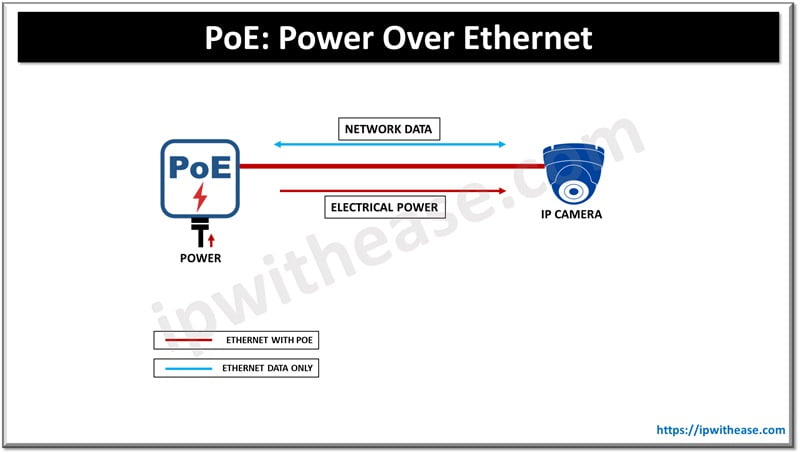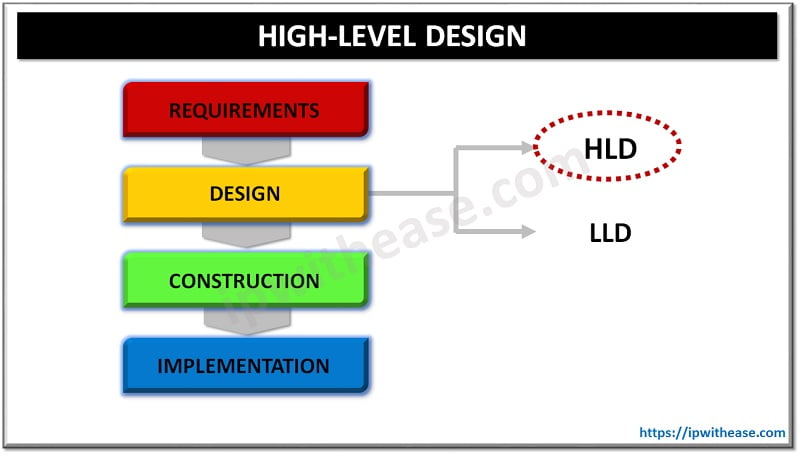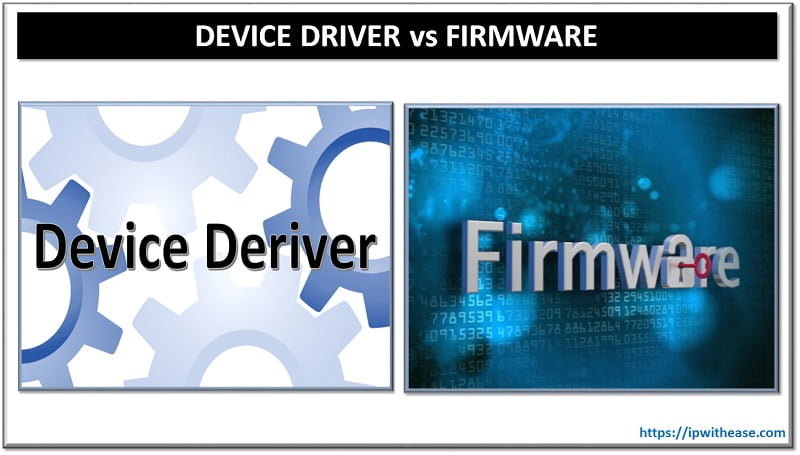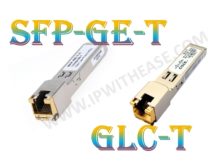Table of Contents
Power over Ethernet (PoE) is a technology for wired Ethernet LANs (local area networks) that allows the electrical current necessary for the operation of each device to be carried by the data cables rather than by power cords. Power-over-Ethernet (PoE) eliminates the need to run 110/220 V external power to Wireless Access Points and IP Phones on a wired LAN. Using Power-over-Ethernet , we only need to run a single Ethernet cable (In fact PoE will work with existing cable, including Category 3, 5, 5e or 6) that carries both power and data to each device. This allows significantly decreasing installation costs in many cases.
The PoE 802.3af standard specifies how switches and routers should deliver power over standard Ethernet cabling to devices like IP phones, security systems and wireless LAN access points. PoE supports existing cabling infrastructure which includes Category 3, 5, 5e or 6.
Related: Perpetual PoE vs Fast PoE

Power Sourcing Equipment
Power sourcing equipment (PSE) is a device like network Switch that provides power on the Ethernet cable to the end device like IP Phone and Wireless Access Point. The power per cable in IEEE 802.3af is 15.40 W.
Powered device
A powered device (PD) is a device powered by a PSE. Examples include wireless access points, IP Phones, and IP Cameras. Many powered devices have an auxiliary power supply. Depending on the PD design, some, none, or all power can be supplied from the auxiliary port, with the auxiliary port sometimes acting as standby power in case PoE power fails.
Some types of devices powered by PoE include –
- IP phones
- IP cameras
- Wireless Access points
- IPTV decoders
- IP Routers
- Compact/mini network switch installed
- Network Intercom and speaker amplifiers
- Wall clocks in rooms and hallways using Network Time Protocol
- Outdoor roof mounted radios and wireless CPEs used by ISPs.
- Industrial devices like sensors, controllers etc.
- Access control like entry cards, keyless entry, etc.
- LED Lighting controllers
- Stage and Theatrical devices, such as networked audio breakout and routing boxes
- Point of Sale (POS) kiosks
- Physical Security devices and controllers
- Ethernet extenders
Related: POE+ vs POE
Benefits of PoE
Enlisted below are the benefits of PoE –
- Cost Saving – Since PoE allows one cable for both power and data transmission, PoE saves you revenue on purchasing and running cable for Voice setup.
- Ease of deployment and management -PoE makes installing or expanding a network much simpler and cheaper in buildings where it is too expensive or inconvenient to install new power lines.
- Accessibility – Using PoE lets you mount devices in places where it would be impractical to install power, such as drop ceilings.
- Minimal passive infrastructure – Using PoE can reduce the number of cables and electrical outlets needed to support voice setup.
- Safety – POE delivery is intelligent, and designed to protect network equipment from overload, underpowering /overpowering and incorrect installation/configuration.
- Scalability – having power available on the network means that installation and distribution of network connections is simple and effective.
Are You Preparing For Your Next Interview?
Please check our e-store for e-book on PoE Interview Q&A . All the e-books are in easy to understand PDF Format, explained with relevant Diagrams (where required) for better ease of understanding.
ABOUT THE AUTHOR

You can learn more about her on her linkedin profile – Rashmi Bhardwaj



